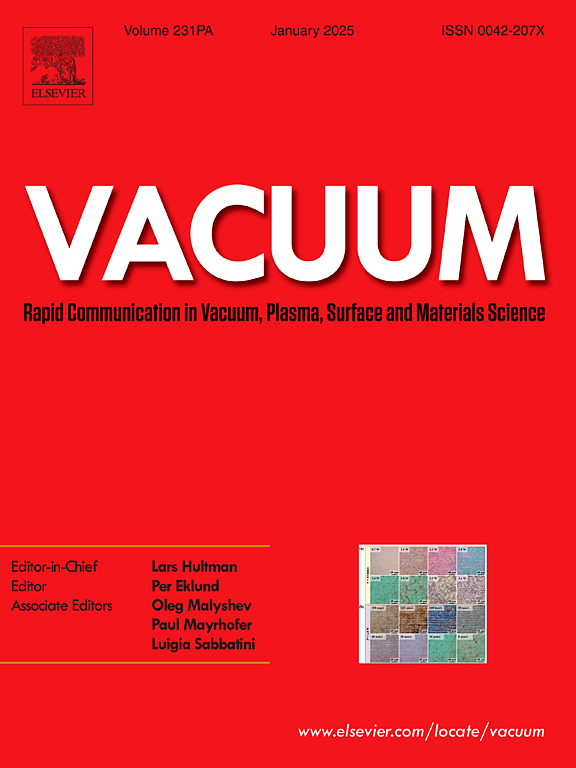IF 3.8
2区 材料科学
Q2 MATERIALS SCIENCE, MULTIDISCIPLINARY
引用次数: 0
摘要
本研究探讨了碳化物对 Fe-20Mn-2Al-0.7V-0.4C TWIP 钢中孪晶和加工硬化的影响。在初始变形阶段,碳化物析出量的增加显著提高了加工硬化率。这种升高的加工硬化能力有助于达到孪生行为所需的临界应力,从而引发堆叠断层运动。碳化物阻碍了堆积断层的传播,直接影响了变形孪晶的形成和演化。随着塑性变形的进行,部分碳化物会被堆积断层剪切。这种剪切过程降低了后续堆积断层切割这些碳化物的阻力,最终引发明显的加工软化。这些机制的协同作用导致钢的整体加工硬化率迅速下降。本文章由计算机程序翻译,如有差异,请以英文原文为准。
Effect of carbide precipitation on the twin behavior and work hardening capability of Fe-20Mn-2Al-0.4C-0.7V steel
This study investigates carbide effects on twinning and work hardening in Fe-20Mn-2Al-0.7V-0.4C TWIP steel. During the initial deformation stage, the increased carbide precipitation significantly enhances the work hardening rate. This elevated work hardening capability facilitates the attainment of the critical stress required for twinning behavior, thereby initiating the motion of stacking faults. Carbides act as obstacles to the propagation of stacking faults, which directly impacts the formation and evolution of deformation twins. As plastic deformation progresses, partial carbides are sheared by stacking faults. This shearing process reduces the resistance for subsequent stacking faults to cut through these carbides, ultimately triggering pronounced work softening. The synergistic effects of these mechanisms lead to a rapid decline in the overall work hardening rate of the steel.
求助全文
通过发布文献求助,成功后即可免费获取论文全文。
去求助
来源期刊

Vacuum
工程技术-材料科学:综合
CiteScore
6.80
自引率
17.50%
发文量
0
审稿时长
34 days
期刊介绍:
Vacuum is an international rapid publications journal with a focus on short communication. All papers are peer-reviewed, with the review process for short communication geared towards very fast turnaround times. The journal also published full research papers, thematic issues and selected papers from leading conferences.
A report in Vacuum should represent a major advance in an area that involves a controlled environment at pressures of one atmosphere or below.
The scope of the journal includes:
1. Vacuum; original developments in vacuum pumping and instrumentation, vacuum measurement, vacuum gas dynamics, gas-surface interactions, surface treatment for UHV applications and low outgassing, vacuum melting, sintering, and vacuum metrology. Technology and solutions for large-scale facilities (e.g., particle accelerators and fusion devices). New instrumentation ( e.g., detectors and electron microscopes).
2. Plasma science; advances in PVD, CVD, plasma-assisted CVD, ion sources, deposition processes and analysis.
3. Surface science; surface engineering, surface chemistry, surface analysis, crystal growth, ion-surface interactions and etching, nanometer-scale processing, surface modification.
4. Materials science; novel functional or structural materials. Metals, ceramics, and polymers. Experiments, simulations, and modelling for understanding structure-property relationships. Thin films and coatings. Nanostructures and ion implantation.
 求助内容:
求助内容: 应助结果提醒方式:
应助结果提醒方式:


